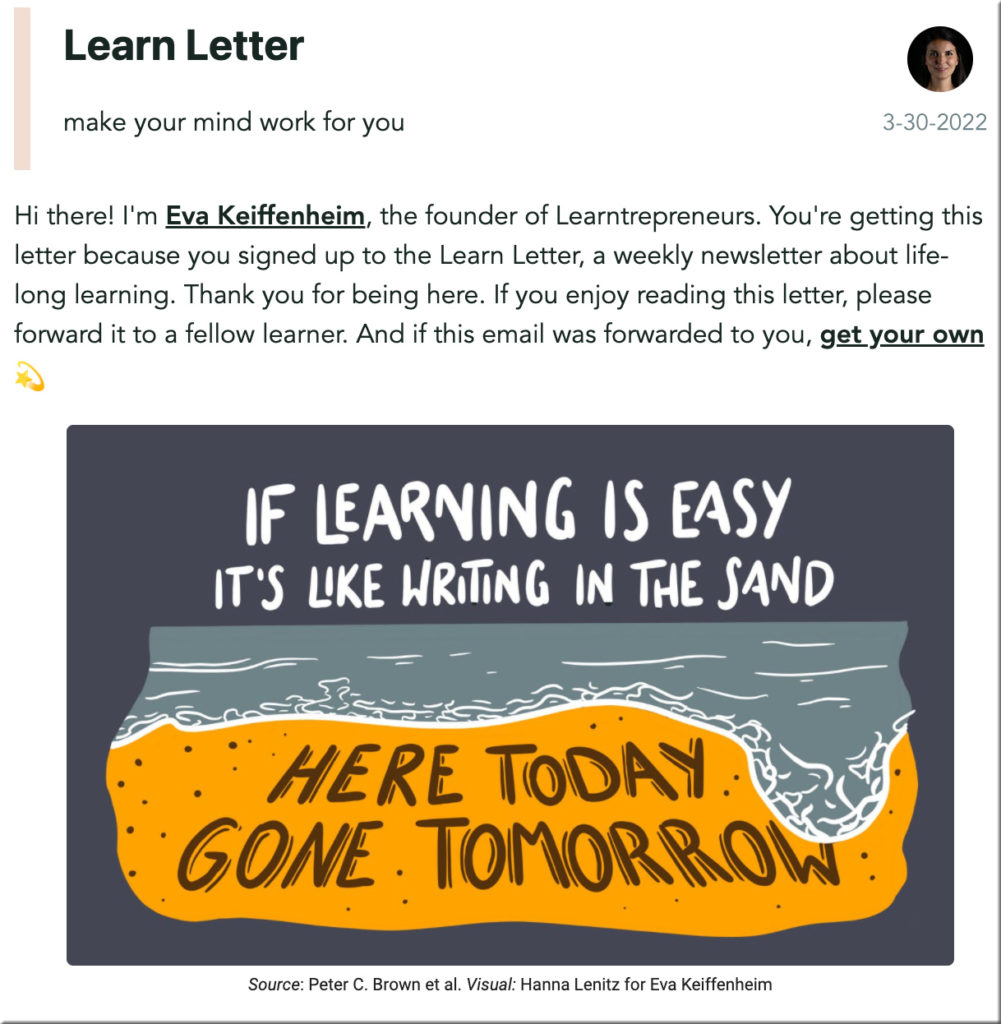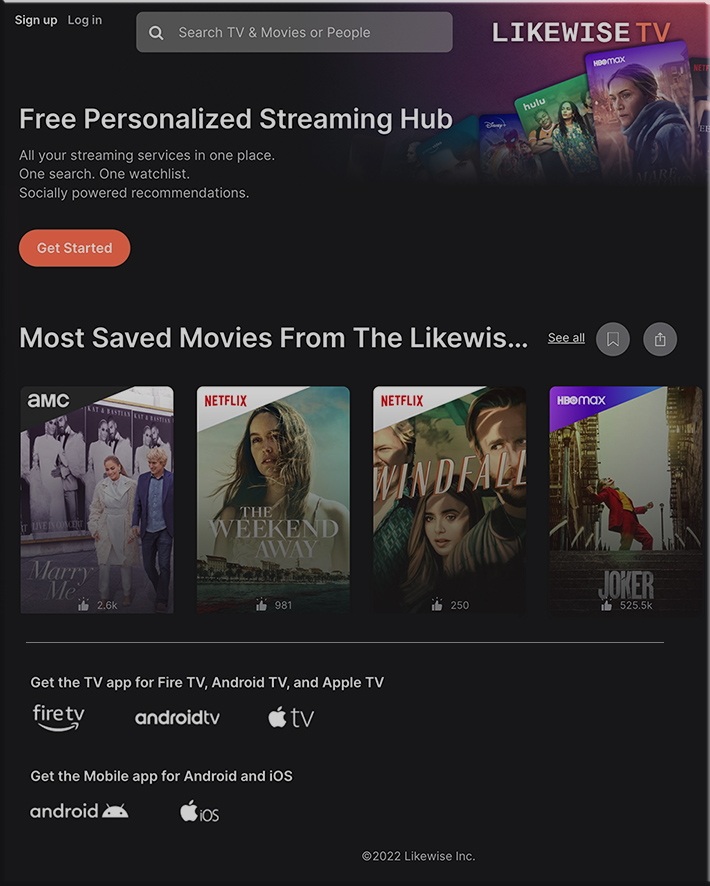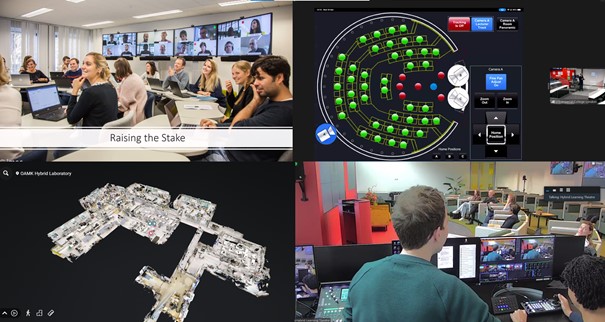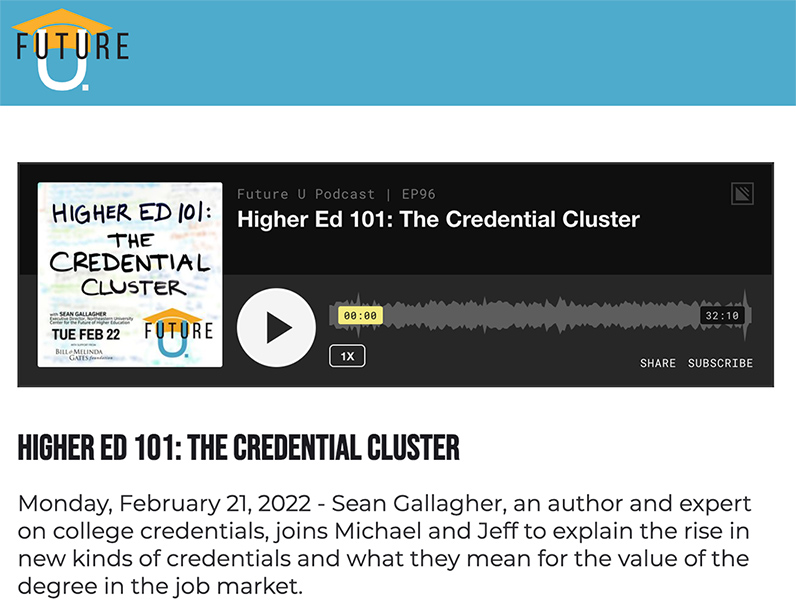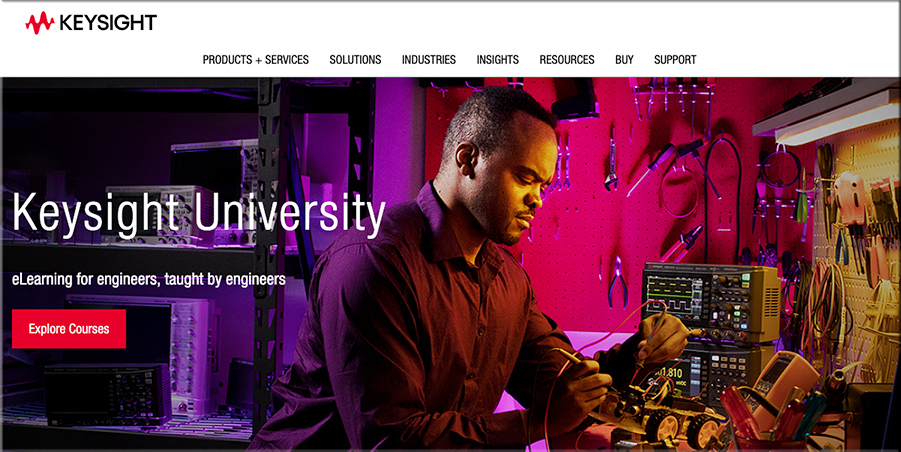Groups call for college trustees to learn more about accreditation — from highereddive.com by Rick Seltzer
“Board members lack a solid understanding of what accreditation is,” says a report issued by AGB and CHEA in the face of stress on the system.
Excerpts:
Much has changed since 2009, the report says, as colleges now face heightened problems stemming from declining enrollment, constrained state funding and sometimes shaky finances.
Institutions also face challenges that don’t show up on balance sheets: pandemic-related stresses, remote instruction, public skepticism, threats to freedom of speech, tensions over diversity, equity and inclusion — and external influences.
…
Many of the people who sit on colleges’ governing boards are not from the academy and might not be familiar with processes like accreditation, said Cynthia Jackson-Hammond, CHEA’s president.
“It’s about trust,” Stoever said. “What accreditation is intended to do, it’s not only around academic quality and financial integrity, but trust — public trust that these institutions of higher education are trustworthy.”
From DSC:
But maybe that’s part of the problem institutions of higher education face today. They’ve lost the trust of the public. When faculty teach what they want to teach — and presidents, deans, faculty councils, trustees, boards, etc. allow that to occur — then students graduate without the skills and knowledge that the workplace is hiring for. By the way, I realize that’s too general and not true in many cases. I still believe that the liberal arts are very important — and the communications skills and the ability to reason, think critically, etc. will likely always be important and beneficial (regardless of the job).
But when you are a student who has gone to school for 4-6+ years, you finally graduate, and then you find out that you don’t have the skills or knowledge that the employers are hiring for, that will likely impact one’s trust level in one’s alma mater as well as in higher education in general. When you graduate with a gorilla of debt on your back, that may also impact your trust levels (though it may not in some cases).









